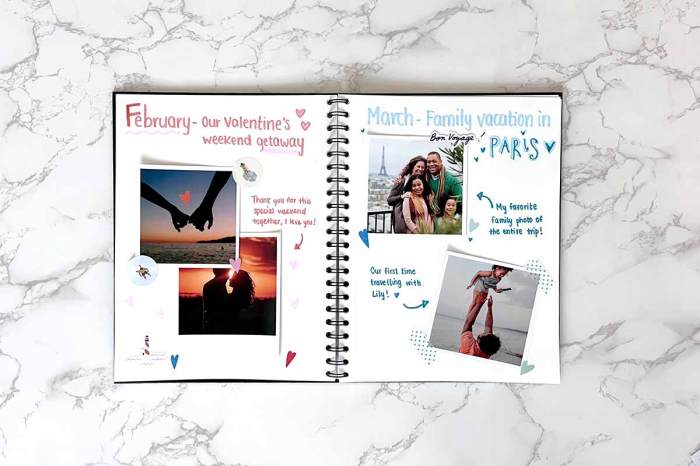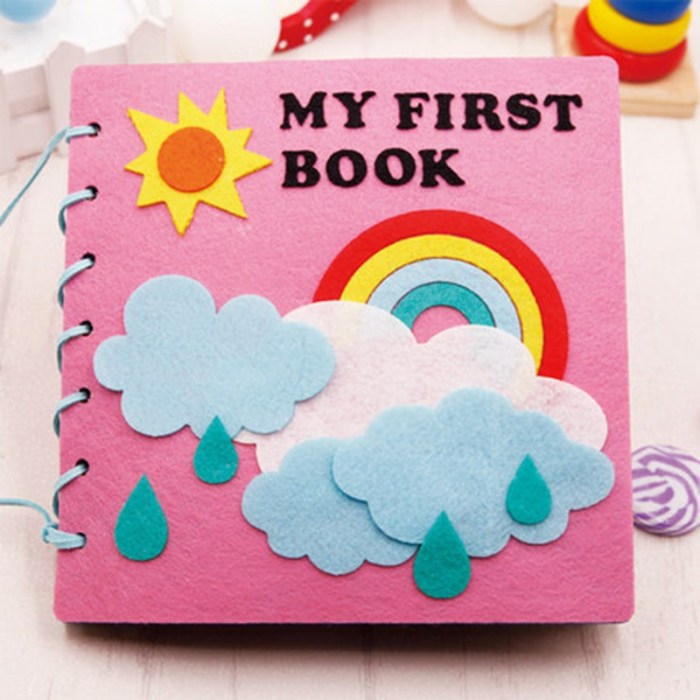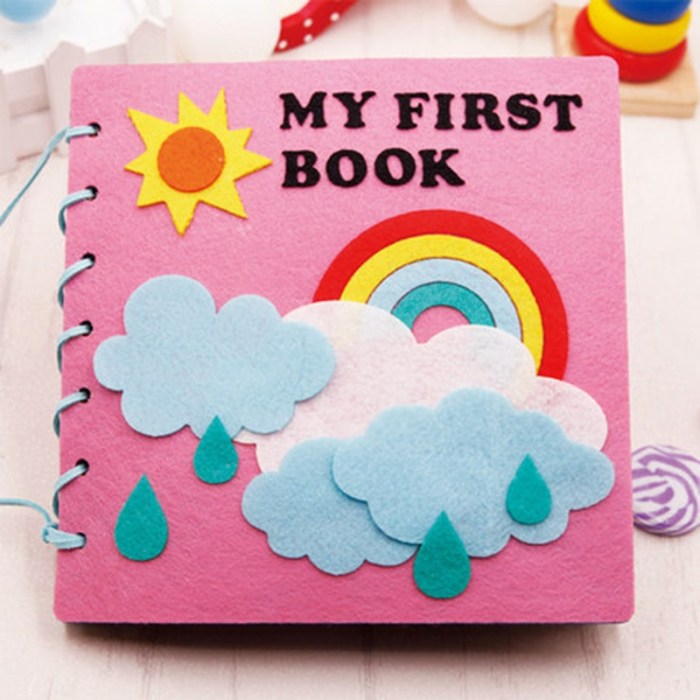DIY photo books have become increasingly popular, offering a unique way to preserve cherished memories and create personalized gifts. These books allow you to curate a collection of your most treasured photos, adding personal touches and crafting a lasting keepsake that celebrates special moments.
The appeal of DIY photo books lies in their ability to tell a story through visuals and personal narratives. They provide a tangible way to revisit past experiences, evoke emotions, and share meaningful moments with loved ones. Whether it’s a family vacation, a wedding celebration, or simply a collection of everyday moments, a DIY photo book becomes a cherished treasure that can be passed down through generations.
Choosing the Right Platform

Creating a photo book can be a fun and rewarding project, but with so many online platforms available, choosing the right one can feel overwhelming. To make the process easier, let’s explore the different options and identify key factors to consider.
Comparing Photo Book Creation Platforms
Deciding on the best platform for your photo book project requires evaluating different aspects. Here’s a comparison of popular platforms:
- Shutterfly: Known for its user-friendly interface, Shutterfly offers a wide range of templates and customization options. It’s a good choice for beginners and those looking for a straightforward experience.
- Snapfish: Similar to Shutterfly, Snapfish provides a simple design process with various templates and layouts. It’s also known for its competitive pricing and frequent promotions.
- Blurb: Blurb stands out with its professional-quality printing and a focus on creative control. It’s a popular choice for photographers and those seeking a high-end look and feel for their photo books.
- Mixbook: Mixbook offers a diverse selection of templates and design elements, allowing for unique and personalized photo books. Its emphasis on customization and creative freedom attracts those who want to go beyond standard layouts.
- Artifact Uprising: This platform prioritizes high-quality printing and unique, minimalist designs. Artifact Uprising is ideal for those seeking a sophisticated and timeless aesthetic for their photo books.
Key Features and Functionalities
When selecting a photo book platform, consider these key features and functionalities:
- Ease of Use: The platform should be intuitive and user-friendly, regardless of your technical expertise.
- Customization Options: Look for platforms that offer a wide range of templates, layouts, fonts, and design elements to personalize your photo book.
- Photo Editing Tools: The platform should provide basic photo editing features like cropping, resizing, and color adjustments.
- Printing Quality: Consider the paper type, printing resolution, and binding options offered. High-quality printing ensures your photos are beautifully displayed.
- Customer Support: Choose a platform with reliable customer support in case you encounter any issues or have questions.
- Price and Value: Compare prices and features to determine the best value for your budget. Consider factors like shipping costs and potential discounts or promotions.
Free vs. Paid Photo Book Services
Deciding between free and paid photo book services depends on your needs and budget.
- Free Services: Often offer limited features, templates, and storage space. They may include ads or watermarks on the final product. Free services are suitable for creating basic photo books with a limited number of photos.
- Paid Services: Provide more features, customization options, and higher-quality printing. They typically offer a wider range of paper types, binding options, and professional-looking designs. Paid services are ideal for those seeking a high-quality photo book with personalized touches.
Designing Your Layout: Diy Photo Book

Creating a photo book is like crafting a visual story, and the layout is your canvas. It’s how you arrange your photos, text, and design elements to tell a compelling narrative. A well-designed layout will guide the reader’s eye, highlight your most cherished moments, and leave a lasting impression.
Layout Options
There are various layout options to consider when designing your photo book. These options provide flexibility in showcasing your photos and creating a visually appealing flow.
- Single-page spreads: These layouts feature one photo per page, ideal for showcasing individual images or creating a minimalist look. This option allows you to focus on the details of each photo and emphasize its impact.
- Double-page spreads: These layouts span two pages, allowing you to create a dramatic and immersive experience. Double-page spreads are perfect for showcasing panoramic landscapes, wedding photos, or any image that benefits from a wider perspective.
- Multi-page spreads: These layouts involve three or more pages, offering even greater flexibility in showcasing a series of related photos or creating a multi-panel effect. They can be used to create a sense of movement or to tell a story through a sequence of images.
Visually Appealing Page Layouts
- Grid layouts: These layouts use a structured grid system to organize photos and text, creating a clean and modern look. Grid layouts are ideal for showcasing collections of photos, such as travel photos or family portraits.
- Asymmetrical layouts: These layouts break the rules of symmetry, creating a more dynamic and visually engaging experience. Asymmetrical layouts can be used to highlight certain photos or to create a sense of movement and energy.
- Full-bleed layouts: These layouts extend the image to the edge of the page, creating a dramatic and immersive effect. Full-bleed layouts are ideal for showcasing landscape photos or images that benefit from a wider perspective.
Balancing Photos, Text, and Design Elements, Diy photo book
Balancing photos, text, and design elements is crucial for creating a harmonious look.
A good photo book should be visually appealing and easy to read.
- Don’t overcrowd the page: Give each photo space to breathe and avoid overwhelming the reader with too much information.
- Use white space effectively: White space is the empty space on a page. It helps to create a sense of balance and allows the reader’s eye to rest.
- Choose fonts that complement your photos: The font you choose should complement the style of your photos and the overall tone of your book.
- Use color strategically: Color can be used to create a mood, highlight certain elements, or add visual interest.
Creating a DIY photo book is a rewarding and fulfilling experience that allows you to express your creativity and preserve your most precious memories. From choosing the perfect platform to adding personal touches, the process is both enjoyable and meaningful. As you bring your photo book to life, you’ll not only create a beautiful keepsake but also a testament to the power of visual storytelling and the enduring value of preserving our shared experiences.
Creating a DIY photo book is a fun way to preserve memories. You can use different materials for the cover, and even incorporate some natural elements like wood. If you’re looking for inspiration, check out this pine and poplar DIY project for ideas on how to work with wood. You can then use your newfound skills to create a unique and personal photo book that you’ll cherish for years to come.

